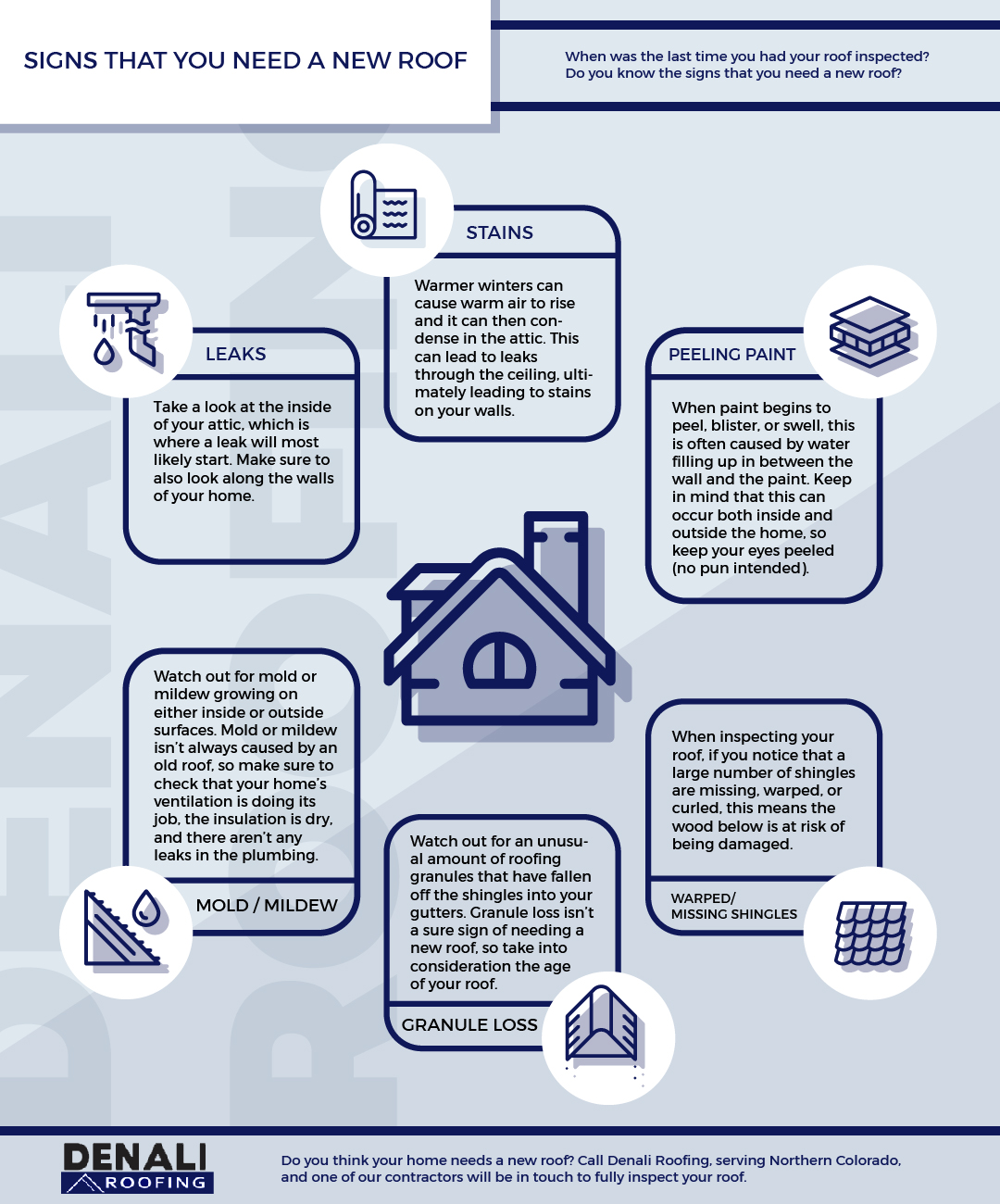An Introduction To The Basics Of Solar Power Systems And Their Capability
An Introduction To The Basics Of Solar Power Systems And Their Capability
Blog Article
Short Article Writer-Morin Britt
So, you've heard about photovoltaic panels and their potential to produce electrical power from sunshine, however how precisely do they function? Understanding the complex technology behind photovoltaic panels can be a fascinating trip right into the world of renewable resource. From the basic concepts of photovoltaic cells to the elaborate components that make up a photovoltaic panel system, there's an entire world of expertise waiting to be explored. Allow's decipher the secrets of photovoltaic panel modern technology with each other.
Solar Panel Modern Technology Basics
To absolutely realize the significance of solar panel technology, you need to explore the fundamental concepts that underpin its functionality. Photovoltaic panel contain solar batteries, typically made from silicon, which have the amazing capacity to convert sunlight right into electricity through the photovoltaic or pv impact. When click here to read strikes the cells, the photons in the light interact with the silicon atoms, causing the electrons to damage devoid of their atomic bonds. This develops an electrical current that can then be used for powering various gadgets.
The key part of photovoltaic panels is the semiconductors within the solar batteries, which help with the conversion of sunshine right into useful electrical energy. solar companies denver area have both positive and negative layers, creating an electrical area that permits the flow of electrons.
This circulation of electrons, when attached in a circuit, creates direct existing (DC) electrical power. Understanding these basic principles is vital for appreciating just how photovoltaic panels can harness the sun's power to power homes, companies, and also satellites precede.
Just How Solar Panels Generate Power
Photovoltaic panel harness the sun's power by converting sunlight right into power with a procedure referred to as the photovoltaic result. When https://used-solar-panels-for-sal59324.blog4youth.com/29907794/reveal-the-critical-measures-required-for-assessing-both-your-roof-covering-and-power-demands-to-facilitate-a-reliable-solar-installation-procedure hits the photovoltaic panels, the photons (light fragments) are taken in by the semiconducting materials within the panels, usually constructed from silicon. This absorption produces an electric current as the photons knock electrons loose from the atoms within the material.
The electric fields within the solar cells then require these electrons to move in a certain instructions, developing a direct current (DC) of electrical energy. This straight current is then travelled through an inverter, which transforms it into alternating current (A/C) electrical power that can be made use of to power your home or business.
Excess electricity created by the solar panels can be kept in batteries for later usage or fed back into the grid for credit report via a process called net metering. Understanding exactly how photovoltaic panels produce electrical energy is important to valuing the environmental and cost-saving benefits of solar energy systems.
Recognizing Solar Panel Parts
One essential element of solar panel technology is comprehending the different components that make up a solar panel system.
The crucial components of a solar panel system consist of the solar panels themselves, which are composed of photovoltaic cells that convert sunlight right into power. These panels are mounted on a framework, usually a roofing system, to record sunshine.
In https://dantefrclt.vblogetin.com/34909376/the-exploration-to-identify-the-optimal-photovoltaic-panel-type-for-your-household-starts-at-this-point-with-crucial-considerations-awaiting-your-focus-are-you-prepared-to-continue to the panels, there are inverters that transform the straight current (DC) electrical energy produced by the panels into rotating current (AC) electrical energy that can be made use of in homes or businesses.
The system additionally consists of racking to support and position the photovoltaic panels for optimum sunshine exposure. Furthermore, cords and ports are necessary for transferring the electrical energy produced by the panels to the electrical system of a building.
Last but not least, a monitoring system may be included to track the efficiency of the solar panel system and guarantee it's working successfully. Comprehending these components is essential for anybody looking to set up or make use of photovoltaic panel modern technology effectively.
Verdict
Now that you understand the basics of photovoltaic panel modern technology and exactly how it works, you can appreciate the power of harnessing sunshine to create clean and renewable resource for your structure. By using the photovoltaic effect and elements like inverters and monitoring systems, you can contribute to a much more sustainable future while additionally possibly reducing power costs. Keep discovering and checking out the possibilities of solar energy for a greener tomorrow.
